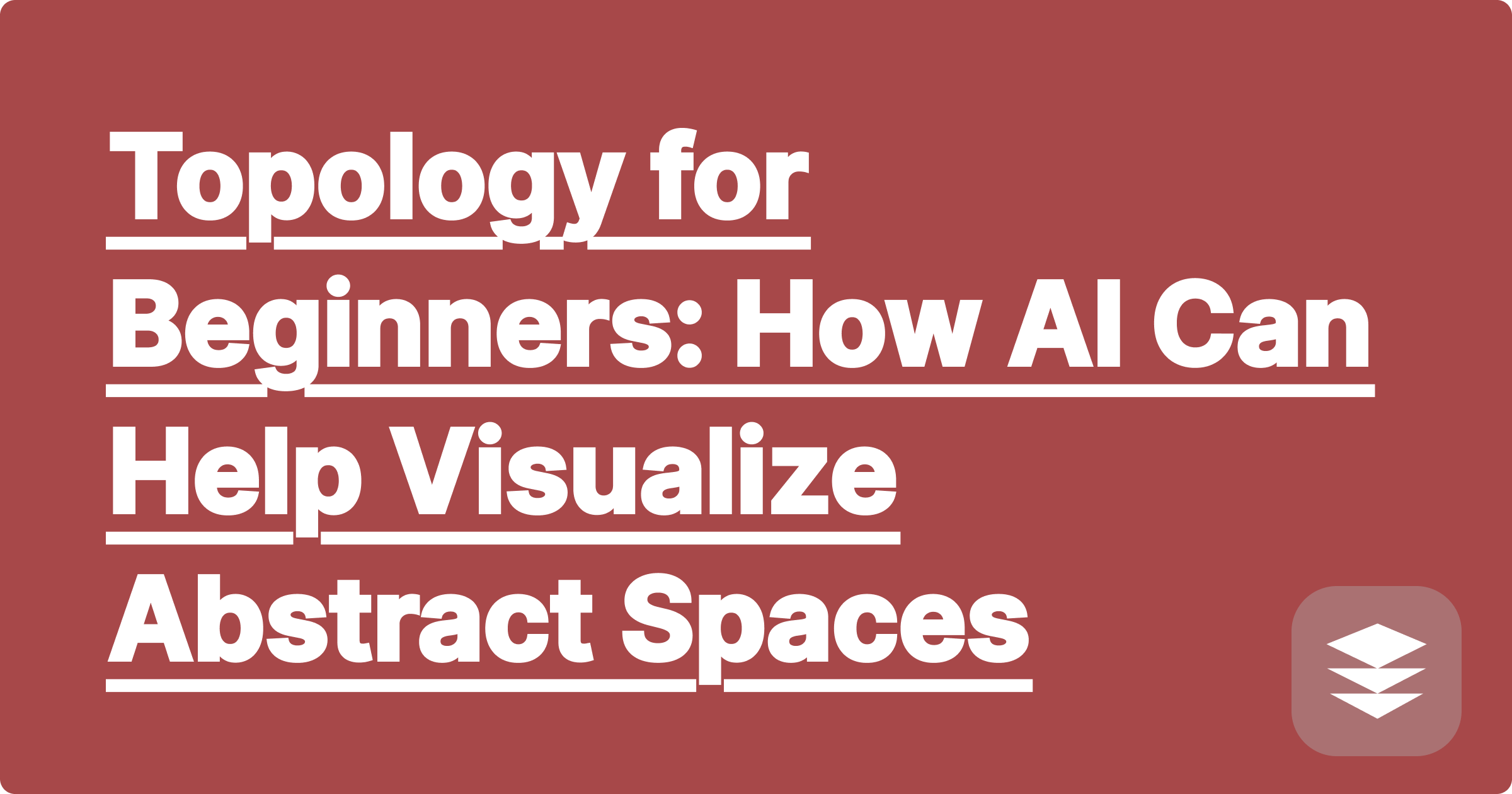
Welcome to Topology—a fascinating and mind-bending area of mathematics where a coffee mug is considered equivalent to a donut. Why? Because you can continuously deform one into the other without tearing or gluing. Topology is the study of properties of spaces that are preserved under these kinds of continuous deformations. It ignores concepts like distance and angles, focusing instead on more fundamental ideas like continuity, connectedness, and compactness.
For beginners, this extreme level of abstraction can be a major hurdle. How do you "picture" a space when distance doesn't matter? What does it truly mean for a set to be "open" or a space to be "compact"? Since you can't always rely on a standard graph, you need analogies and simplified diagrams to build intuition. This is where getting good topology homework help becomes crucial.
While an AI can't draw a 4D Klein bottle on your screen, it can be an exceptional partner in visualizing topological spaces through analogy and clear explanations. An AI tutor like GPAI can help you bridge the gap from formal definitions to intuitive understanding.
Topology is famous for its dense, formal language. An AI assistant can act as your personal translator. You can paste a confusing theorem from your textbook and ask, "Can you rephrase this in simpler terms?" or "What is the key idea behind the Heine-Borel theorem?" This allows you to get past the intimidating language and focus on the core concept.
By using AI to generate analogies, create simplified diagrams, and translate formal language, you can build the mental scaffolding needed to navigate this beautiful and challenging subject. It provides a safe, non-judgmental space to ask the "dumb questions" you might be hesitant to ask in class, which is often the key to a real breakthrough in understanding.
Ready to explore the fascinating world of topology?
[Get topology homework help from GPAI. Ask for simple explanations and visualizations to master abstract concepts. Sign up now for 100 free credits.]
Abstract Algebra Explained: How AI Can Help You with Group Theory
Mastering Real Analysis: An AI Tool for Proofs and Theorems
Your Personal AI Assistant for Statistical Analysis in R or Python
Probability Theory Problems, Solved Step-by-Step with AI
From Data Set to Insights: How AI Can Automate Your Stats Project
The Ultimate Guide to Mathematical Proofs with AI Assistance
Surviving Numerical Methods: An AI for Root-Finding and Integration Algorithms
Topology for Beginners: How AI Can Help Visualize Abstract Spaces
How to Create the Perfect Cheatsheet for Your Statistics Final
The Future of Mathematics: How AI is Changing How We Learn and Discover